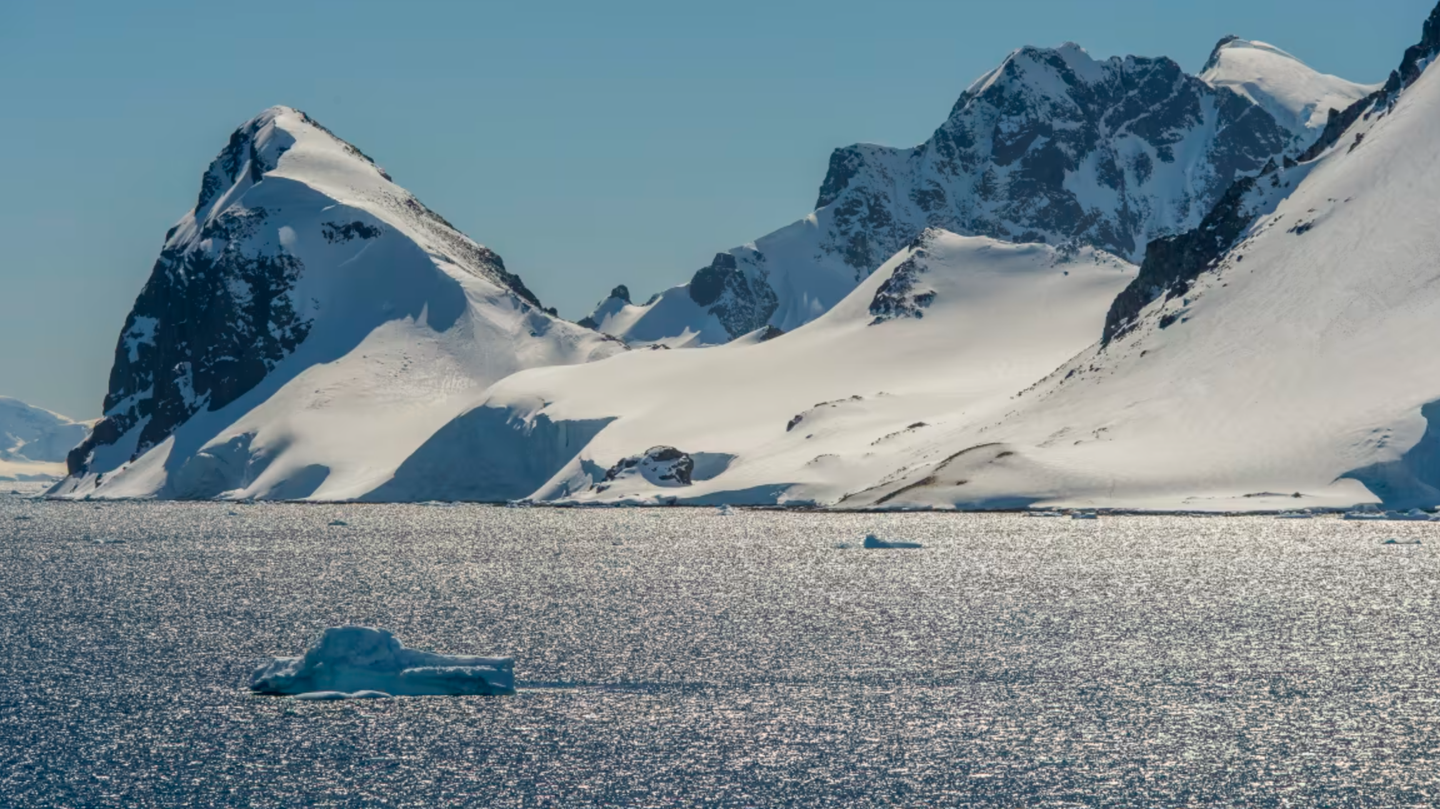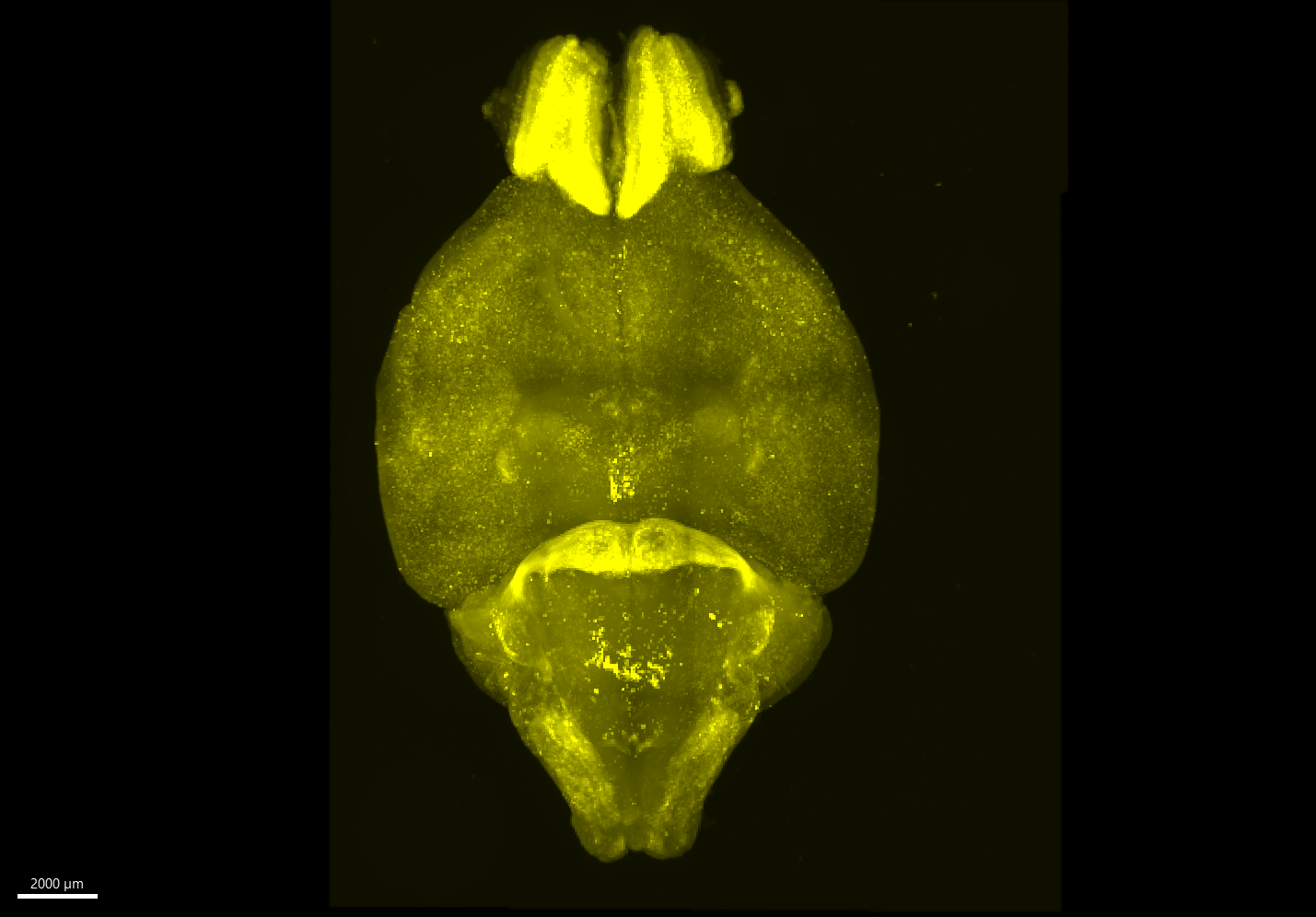Southern Ocean shows troubling signs of a growing climate emergency
Rising salinity in the Southern Ocean is melting Antarctic sea ice fast, revealing a global climate feedback scientists didn’t expect.

A sharp rise in Southern Ocean salinity since 2015 is melting Antarctic sea ice at record rates. (CREDIT: Wolfgang Kaehler/LightRocket/Getty Images)
In recent years, the Southern Ocean has undergone one of the most dramatic environmental shifts observed anywhere on Earth. Scientists have tracked an unexpected and rapid rise in surface salinity across the waters surrounding Antarctica, paired with a steep and ongoing decline in sea ice. This sudden shift challenges earlier climate predictions and highlights the delicate balance between ocean salinity, heat, and ice.
A Sudden Reversal After Decades of Freshening
For over three decades, the surface waters south of 50 degrees latitude had been freshening. This trend was widely expected in a warming climate. Freshening strengthened the ocean’s vertical layering, or stratification, by keeping the colder, fresher surface water separate from warmer, saltier deep water. This barrier slowed the upward movement of heat, helping to expand sea ice and keeping the deep ocean's warmth locked away.
But this stable pattern didn’t last. Since 2015, satellite data has revealed an abrupt and striking reversal. The ocean’s surface is now becoming saltier. With higher salinity, the stratification has weakened. That means warmer water from the deep can now rise more easily, melting sea ice from below and limiting its ability to regrow.
According to Dr. Alessandro Silvano, the lead author of the study published in Proceedings of the National Academy of Sciences, “Saltier surface water allows deep ocean heat to rise more easily, melting sea ice from below. It's a dangerous feedback loop: less ice leads to more heat, which leads to even less ice.”
Record Sea Ice Loss and Rare Ocean Openings
Since the shift began, Antarctica has lost sea ice equal to the size of Greenland. In late 2016, a record-low sea ice extent marked the beginning of a new pattern. Multiple new record lows have followed in both summer and winter, and sea ice has yet to recover to its earlier levels.
This change also led to the return of a rare event not seen in decades. Large openings in the sea ice—called polynyas—have reappeared in the Weddell Sea over Maud Rise. One such opening in 2016 and 2017 stretched nearly four times the size of Wales. The last time a polynya of this scale emerged in that region was back in the 1970s.
Related Stories
These open-ocean polynyas form when stratification weakens enough to allow vertical mixing. As the upper ocean loses its fresh layer, warmer water can reach the surface, melting ice and preventing it from forming. Their reappearance shows how deeply the Southern Ocean system is changing.
Dr. Silvano points out that this change could signal a shift into a permanently saltier, low-ice state. “The return of the Maud Rise polynya signals just how unusual the current conditions are. If this salty, low-ice state continues, it could permanently reshape the Southern Ocean—and with it, the planet.”
Why This Matters Far Beyond Antarctica
The loss of sea ice doesn’t only impact penguins or polar habitats—it also plays a major role in the planet’s climate system. Sea ice reflects sunlight, helping keep the planet cool. With less ice, more sunlight is absorbed by the ocean, leading to warmer waters and stronger storms. These changes are already being felt worldwide.
“While scientists expected that human-driven climate change would eventually lead to Antarctic sea ice decline, the timing and nature of this shift remained uncertain,” says Aditya Narayanan, a postdoctoral research fellow at the University of Southampton and co-author of the study. “Previous projections emphasized enhanced surface freshening and stronger ocean stratification, which could have supported sustained sea ice cover. Instead, a rapid reduction in sea ice—an important reflector of solar radiation—has occurred, potentially accelerating global warming."
This mismatch between predictions and observations shows how complex the ocean-ice system truly is. Factors like wind, air temperature, and ocean currents all interact in ways scientists are still working to understand. However, this study suggests ocean salinity may be a more important piece of the puzzle than previously thought.
New Tools Are Changing What Scientists Can See
One of the most significant parts of the research is how the changes were detected. Satellites operated by the European Space Agency now allow scientists to monitor salinity changes across the Southern Ocean in real time. These measurements are enhanced by robotic floats that dive up and down through the water column, collecting detailed data on temperature and salinity from the surface to deep below.
This combination of tools gives researchers the clearest view yet of how ocean layers are shifting—and how these shifts impact sea ice.
Professor Alberto Naveira Garabato, another co-author and Regius Professor of Ocean Sciences at the University of Southampton, emphasized the need for this kind of monitoring: “The new findings suggest that our current understanding may be insufficient to accurately predict future changes. It makes the need for continuous satellite and in-situ monitoring all the more pressing, so we can better understand the drivers of recent and future shifts in the ice-ocean system.”
A Critical Transition or Just the Beginning?
Some scientists now believe the Southern Ocean may be going through a critical transition. This term comes from dynamical systems theory and describes when a system moves abruptly into a new and different state. Studies have found increasing consistency and persistence in sea ice anomalies—patterns that don’t bounce back quickly or randomly anymore, but instead follow a more connected, long-term trend.
That raises new questions: Has the Southern Ocean passed a tipping point? Or is there still a chance the system could return to its earlier, more stable state?
Right now, the physical processes behind this transformation are not fully understood. While atmospheric changes like shifting winds and warmer air play a role, they don’t fully explain the sudden and sustained sea ice retreat. This underscores the importance of oceanic processes, including salinity-driven mixing and feedback loops between water layers and ice cover.
A Call to Action for the Planet
What’s happening in the Southern Ocean won’t stay there. As the sea ice vanishes, the effects ripple outward. Climate patterns shift. Ocean temperatures rise. Wildlife struggles to adapt. The findings call attention to the fragile and fast-changing nature of the Earth’s climate system—and to the need for constant, detailed observation.
For decades, models and projections have helped shape climate policy and public awareness. But this case shows that nature may not always follow the expected path. Real-time satellite data, along with underwater sensors, are now essential tools for staying ahead of these fast-moving changes.
Without a full grasp of what drives ocean and ice interactions, our predictions about the future may fall short. As these systems shift more rapidly than expected, scientists stress the need for urgent, ongoing monitoring—not just for Antarctica’s sake, but for the planet as a whole.
Note: The article above provided above by The Brighter Side of News.
Like these kind of feel good stories? Get The Brighter Side of News' newsletter.



